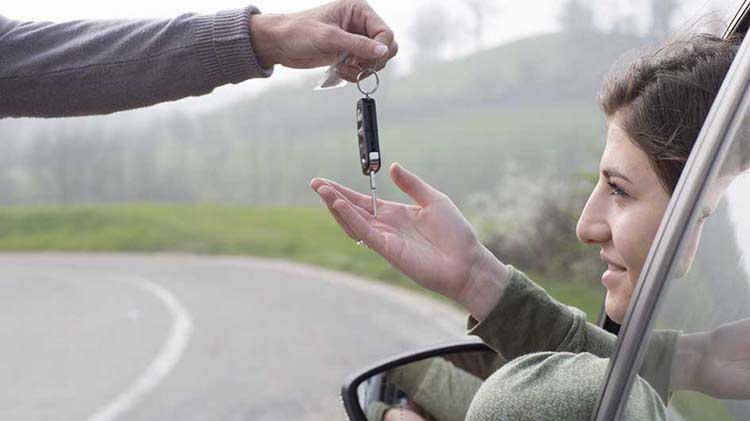rids.verify@gmail.com
+91-9555-581-581 | 9401677773

Things have changed since you learned to drive
If you have a child taking driver's ed, it's time to learn the latest updates to the subject.
If you've been driving for 20 or more years, you know how to teach your teenager the driving basics, right? Maybe. But some things have changed since you took driver's education. If you have a new teen driver in your house, here's a look at new developments.
Hand position on steering wheel
Lower your hands. You probably learned to keep your hands at the 10 and 2 o'clock positions on the steering wheel. Today, the National Highway Traffic Safety Administration (NHTSA) recommends drivers put their hands at the 9 and 3 o'clock positions. One reason for the change is to potentially keep hands out of the way if the airbag deploys.
Also, don't cross over. Drivers used to learn a hand-over-hand crossover method for turning the steering wheel. Now to execute a turn, your teen will be advised to 'push up' on one side of the wheel while 'pulling down' on the other.
Turn everything off
Today's distractions include more than just a radio. It's likely your teen will have a cell phone when he or she drives. Remind your teen to never text while driving, and encourage them to pull over before making a call. Even with hands-free devices, taking or making phone calls, searching for tunes on a media player or playing the radio too loudly all contribute to heightened risks for new and experienced drivers alike. Be a good role model for your teen.
Gradually learn to drive
Familiarize yourself with the graduated drivers licensing (GDL) laws in your state. Today's learning drivers have new limits for such things as the age at which they can get their learner's permit or license, the hours they can drive and the number of passengers they can carry. These laws limit the exposure of teen drivers to the most dangerous situations before being given an unrestricted license. And according to the Insurance Institute for Highway Safety, GDL laws have reduced teen crashes by 57% from 1996 to 2018.
Keep your distance
You may have been taught to keep one car length per every 10 MPH between your vehicle and the one ahead of you. Today, instructors recommend a simpler three-second rule: Keeping an eye on the car in front of you, spot a fixed object that's even with that car. Then count how long it takes for your vehicle to reach the same object. If it's less than three seconds, allow more following distance behind the vehicle ahead.
Remember the basics
Today's vehicles are far more 'intelligent' than the cars you grew up driving. And while many of the features are designed to keep drivers safer, such as anti-skid controls, automated parallel parking and sensors that stop a car before collision, it's always a good idea for teens to learn to make their own decisions and react to different driving situations.
Encourage safer driving and save money with Steer Clear® from State Farm®
Another way to help your teen practice safe driving habits — and save yourself some money — is by enrolling in Steer Clear. Steer Clear offers training that uses safe driving videos and quizzes, and records information about your teen driver's trips. It also allows parents to easily monitor and guide their progress using the mobile app. You can qualify for the discount once you've completed the program.







